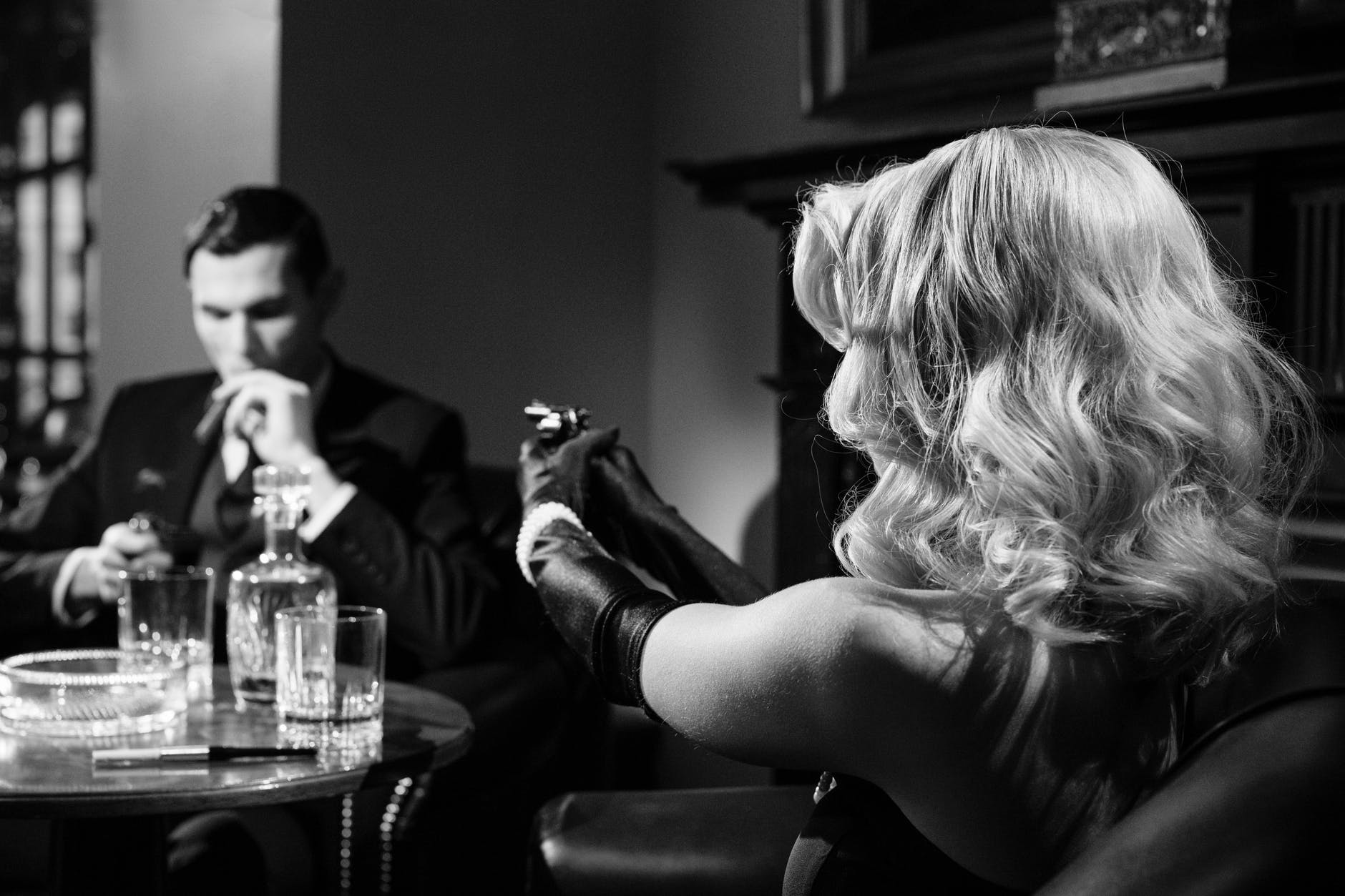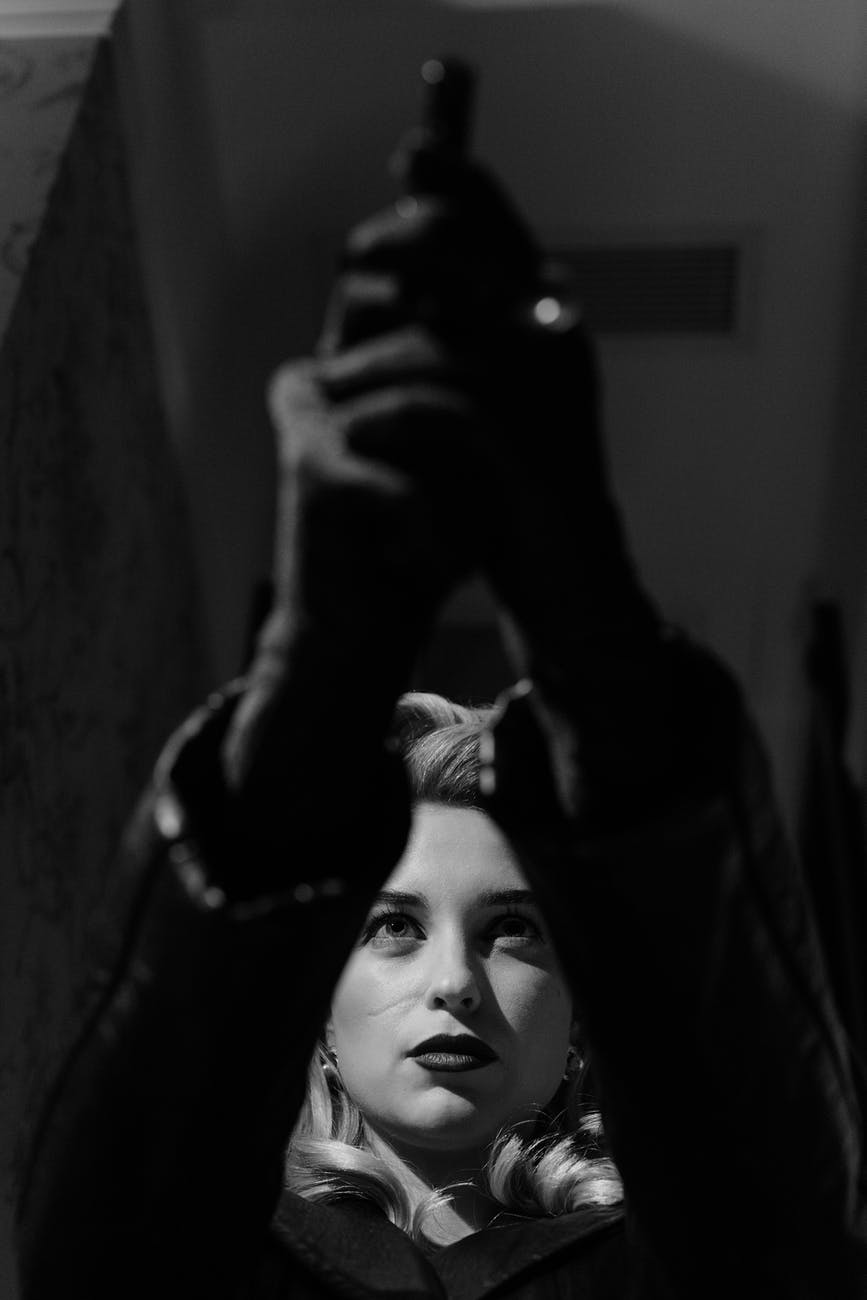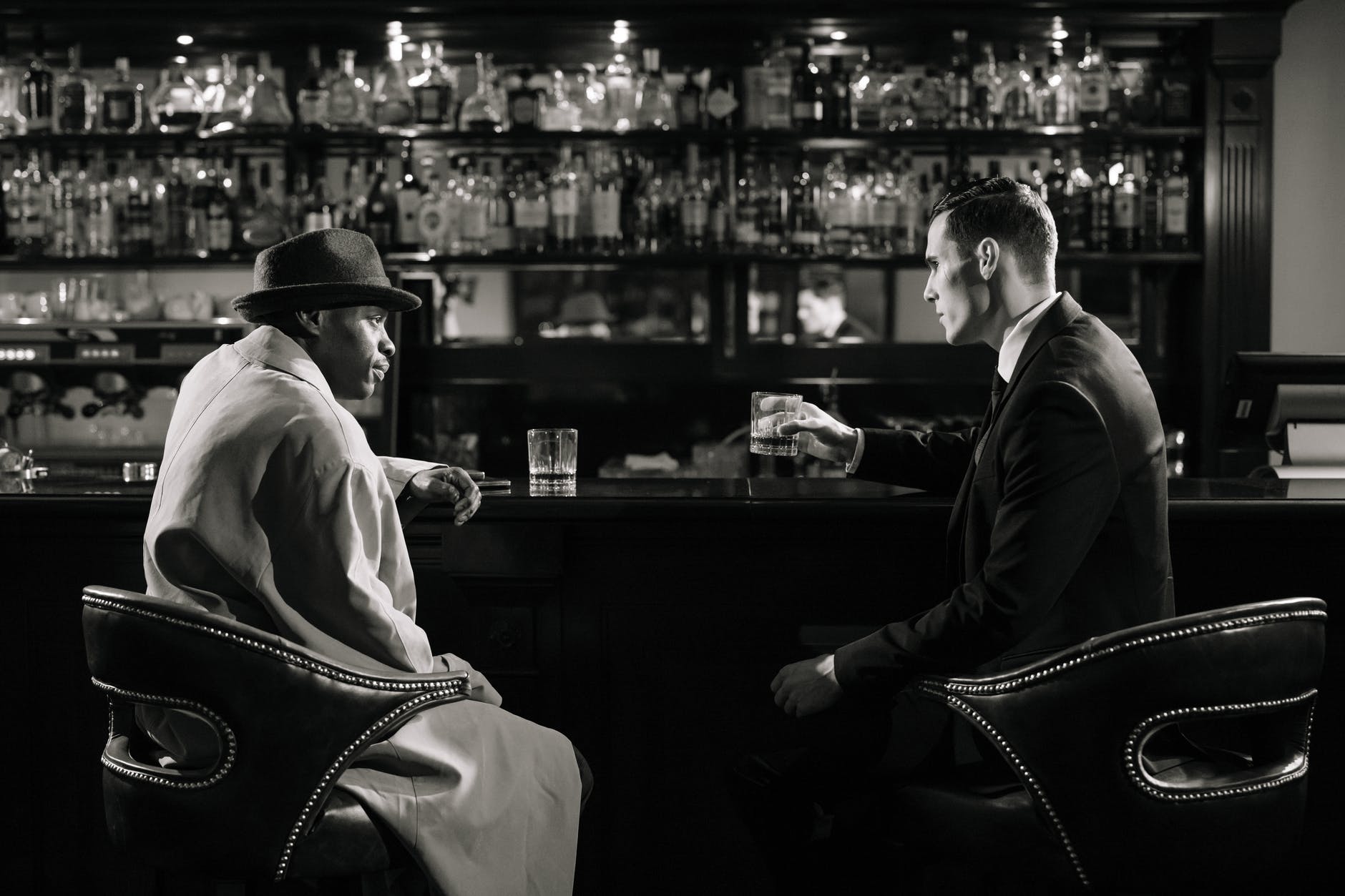Crime On The Mind
Our Love for True Crime – We’ve got True Crime on Our Mind
Over the past five years, the true crime genre has slashed its way through the rankings and become one of the most, if not most, popular genre to date. Where fictional movies once satisfied our taste for the gruesome, terrifying and disturbing, we as an audience now crave something with substance. Injecting the reality aspect back into horrendous crimes adds a new level of shock, danger and intimacy to the crime carried out. True crime stories have evolved from being a source of entertainment for the black sheep, to a mainstream phenomenon where people learn about the human psyche, history and educate themselves on avoiding such fatal ends.
Our History With the Macabre

Whilst the true crime genre has gain prevalence over the past few years, our curiosity for death and violence has always been around. Displayed in more gruesome and unsympathetic ways, we can look back to our past in all cultures and countries. From the native Indians who scalped invaders, to medieval torture techniques such as being hung, drawn and quartered, to English society where beheadings and hangings were ticketed events for the whole of the community to enjoy. But as society began to evolve, our involvement with violent deaths reduced.
It wasn’t until the late 1800s, where our fascination for the macabre begin to reintroduce itself. The crimes of Jack the Ripper not only stated a fear within English society but also placed a firm grip on us as we became eager to solve the crime. Not only to make the streets of London safe again, but to identify what kind of person would do such acts and most importantly get away with it. It’s clear to see our love for true crime prevails as we still obsess over this infamous mystery man and our desire to gain more knowledge on such.
Fast forward to the early to mid 1900s where our love for crime, whilst not true, soar in popularity through the detective novels of Agatha Christie. Whilst a more pleasant portrayal of fictional murderous crimes, we still indulged in the crime itself. Our journey of vicariously being a detective and solving the crime is what made us enjoy the tales of Poirot and Miss Marple. It’s almost in our human nature to love a mystery and want to discover the unknown, especially within true crime when it involves spine chilling deaths that we may not be too far removed from.
Modern Crimes Require Modern Portrayals
From the 1970’s there was a boom in serial killers. And from this murderous period, spawned the likes of Ted Bundy, Charles Manson and Richard Ramirez. Even though these were more modern times than when Jack the Ripper was around, society was still developing its cautious attitude. People still hitchhiked, moved to new towns and cities and were generally more open to strangers.
Causing fear within many communities, many serial killers were able to get away with their crimes for a long period due to the lack of scientific knowledge, data and technology. This is an aspect of true crime that we find fascinating as watchers or listeners, as even though it wasn’t that long ago, how they handled crime in past decades completely contrasts to what we have now. We’re shocked to discover how careless detectives were and how brazen they were with disclosing images and details of the violent attacks.
Even with more modern crimes such as OJ Simpson and Amanda Knox, these cases still remain complex and intriguing, and I think what makes it so complex is us. We as humans are already complex, but it’s the inclusion of motive, metal state, relations and more which takes us on a winding road to solve (or not) the crime. It’s estimated that 57 per cent of the USA tuned in to watch the OJ verdict back in 1995.
Our love for true crime is further exemplified through transforming these killer figures into celebrities of their own calibre. Pop culture has since many a times paid a questionable homage to such crimes and killers through reconstructed series, movies or the inclusion of the killer as a ‘fictional character’. I think these kind of true crime formats take away the enjoyment we get from true crime documentaries and podcasts. Rather than it being a more informative, inclusive and intimate exploration of the crime, it becomes an over produced piece of work that feels fictional and lacks that sense of suspense.
Our Peaking Interest In True Crime
Lockdown allowed us to intensify our growing interest and demand for true crime podcasts and documentaries. Just as lockdowns began back in 2019, crime psychology expert, Amanda Vicary discovered in a study that there was a 16 per cent increase of true crime interest amongst women. With titles such as ‘Making a Murderer’ and ‘The Staircase’ on streaming platform Netflix, the demand for true crime documentaries more than doubles to 142 per cent. We even like to consume true crime in other formats such as podcasts with titles including The Last Podcast on the Left. It was reported that in 2020, true crime became the third most popular genre of podcast. And even mainstream television feeds into this interest through shows such as 24hr in Police Custody and 999! What’s your emergency?
So, why is our lust of blood and gore rising? Speaking to Health, clinical psychologist believes “It’s [the] shock value that attracts you, when you’ve seen something you’ve never seen before or you hear something you don’t hear about very often,”. A strong love and interest for true crime can come with a preductal view on someone’s character, however psychologist Chivonna Childs says “Watching true crime doesn’t make you strange or weird. It’s human nature to be inquisitive. True crime appeals to us because we get a glimpse into the mind of a real person who has committed a heinous act.” She continues to mention that it’s our desire to uncover what makes these criminals tick and act the way they did. In the grand scheme of things, it’s our interest of understanding other people’s behaviours and especially those that go against the grain.
Whilst we love to dive into the mind of a killer, psychologist and true crime specialist, Emma Kenny see’s our growing passion as a way to get in touch with our own empathy, stating “It’s something that makes us feel more human: our ability to realize that we’re very disassociated from the ways another person could act in volatile or aggressive situations,” She continues stating “That helps us connect to our own empathy. We feel very different to people who commit those crimes, so it reassures us.”
A Woman’s Guide To Crime

A Woman’s’ Guide to Crime
What’s stemmed from this growing popularity of true crime is a new female persona/subculture, comprising of a woman who loves true crime to a ‘concerning’ or ‘scary’ degree. For example, a quality may be listening to a true crime podcast to fall asleep to. This love and curiosity for true crime amongst a female watcher or listener is evident as true crime podcast, Wine and Crime shared that they receive half a million downloads each month and 85 per cent of that are females. Furthermore, Vicary discovered that women were responsible for 70 per cent of Amazon reviews for books on true crime.
But why women? It’s believed that 80 per cent of violent crimes are committed by men, and women are more likely to be victims of a crime. Women are more appealed to true crime, not only for entertainment purposes but as a learning source to help them understand triggers, traps and most importantly how to escape or avoid such circumstances. Speaking to Bustle, Dr Marissa Harrison, an associate professor of psychology at Penn State Harrisburg says, “when we learn about, and understand, lethal phenomena, we can hopefully avoid it.” More than ever, historical crimes against women have never been more relevant than today, as many women in recent years have been killed by men in unprovoked situations. These true crime podcasts are relatable and still discuss misogynistic attitudes that are upheld to this date.
Another reason why true crime speaks to a female audience is that many of these stories (the ones solved), illustrate to women that the law and society can show support and justice towards them. Especially when justice prevails against personalities like Ted Bundy, it shows a crack in the patriarchal society we live in.
One point worth mentioning which starkly contrasts this section’s theme is that many women have been the ones to admire and fall in love with such violent men. Whilst that’s a very complex issue which many jump to conclusions of ‘daddy issues’, it’s clear to see that women are strongly connected to true crime one way or another.
True Crime On The Mind
So, is our global love for true crime bad for us? Well, I think it’s obvious to say that listening to details of blood, violence and the disturbing everyday isn’t the best. “I always tell people that too much of anything is a bad thing,” says Dr. Childs. However, we could take the same approach to true crime formats as we do with gaming. I don’t think it influences us to carry out such crimes ourselves, but where Dr. Childs’ concerns lie, is our increased awareness of crime, causing us to worry and be slightly fearful when living our daily lives.
Another aspect that grows concern is our desensitisation to such crimes, but also the details involved. Such can be heightened through the glamourisation of true crime stories within movies. For example, Quentin Tarantino’s ‘Once Upon a Time in Hollywood’ featuring the Manson family. An additional issue, one for the true crime documentaries, is the issue of driving a narrative. This includes leaving out information/evidence for entertainment purposes rather than story telling. Speaking to The Ringer, criminologist at the University of South Florida, Dawn Cecil says “Even though it’s about reality, it does have the goal to entertain, even if they don’t say that right out.”
With true crime being the enticing force of audiences buying and keeping platform subscriptions, major streaming platforms “..have to deliver content that is relevant for them to stick around…and documentaries are basically filling that need for platform to retain their subscribers” says the director of applied analytics at Parrot Analytics, Alejandro Rojas. True crime is beginning to bleed into more creative formats such as games and monthly subscriptions where you receive clues and information to solve a crime that has been sent to you. So as long as crime is still around, so will our love for it.
For more Arts and Culture stories check out this popular read below –







